-
 Bitcoin
Bitcoin $117400
-0.46% -
 Ethereum
Ethereum $3768
0.60% -
 XRP
XRP $3.551
2.09% -
 Tether USDt
Tether USDt $1.000
0.00% -
 Solana
Solana $203.2
11.30% -
 BNB
BNB $770.9
1.92% -
 USDC
USDC $0.9999
0.01% -
 Dogecoin
Dogecoin $0.2709
-0.02% -
 Cardano
Cardano $0.9024
4.49% -
 TRON
TRON $0.3139
0.60% -
 Hyperliquid
Hyperliquid $45.60
-1.41% -
 Stellar
Stellar $0.4730
-1.34% -
 Sui
Sui $4.025
2.15% -
 Chainlink
Chainlink $19.79
2.19% -
 Hedera
Hedera $0.2724
-2.39% -
 Avalanche
Avalanche $25.93
3.05% -
 Bitcoin Cash
Bitcoin Cash $524.0
-1.83% -
 Shiba Inu
Shiba Inu $0.00001558
0.50% -
 Litecoin
Litecoin $116.7
-0.30% -
 UNUS SED LEO
UNUS SED LEO $8.996
0.00% -
 Toncoin
Toncoin $3.334
1.83% -
 Polkadot
Polkadot $4.506
0.34% -
 Uniswap
Uniswap $10.99
4.83% -
 Ethena USDe
Ethena USDe $1.001
0.03% -
 Pepe
Pepe $0.00001461
3.17% -
 Monero
Monero $320.3
-1.01% -
 Bitget Token
Bitget Token $4.935
0.36% -
 Dai
Dai $0.9998
0.00% -
 Aave
Aave $322.4
-1.25% -
 Bittensor
Bittensor $455.6
9.33%
How to get the ABI of a deployed contract?
The ABI is a structured JSON file that defines how to interact with a smart contract by encoding and decoding function calls and events.
Jul 22, 2025 at 02:22 pm
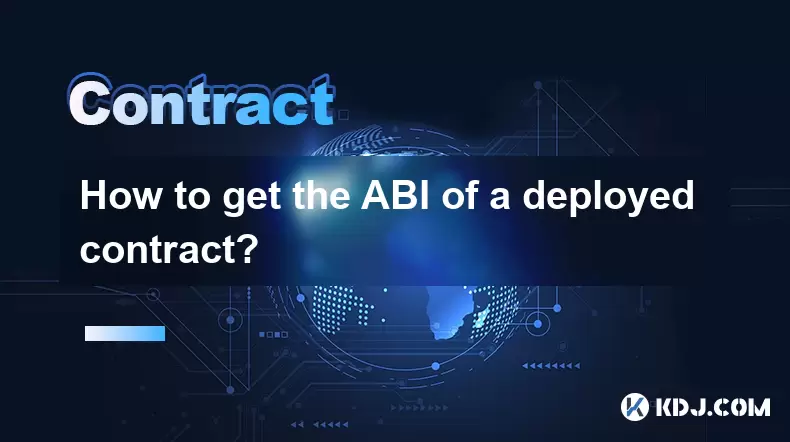
Understanding What an ABI Is
In the world of Ethereum and smart contracts, ABI stands for Application Binary Interface. It serves as an interface between the contract and external entities such as wallets, decentralized applications (dApps), or other smart contracts. The ABI defines how data is encoded and decoded when interacting with the contract's functions and events. Without the ABI, it's nearly impossible to call functions or interpret the data returned by a smart contract.
When a contract is deployed on the Ethereum blockchain, the ABI is not stored on-chain. Instead, it must be obtained separately. Developers usually provide it when deploying the contract or make it available on platforms like Etherscan. The ABI is crucial for external tools to understand the contract's structure and interact with it correctly.
Using Etherscan to Retrieve a Contract's ABI
One of the most common ways to get the ABI of a deployed contract is through Etherscan, the most widely used Ethereum blockchain explorer. Here’s how you can retrieve the ABI using this method:
- Navigate to https://etherscan.io
- Paste the contract address into the search bar and press Enter
- Once on the contract page, locate the "Contract" tab and click on it
- Scroll down until you see the "Contract ABI" section
- Click the "Copy" button to copy the ABI or "Download" to save it as a JSON file
This method works for verified contracts. If the contract is not verified, the ABI will not be available on Etherscan. In such cases, alternative approaches are required.
Checking the Deployment Transaction on a Blockchain Explorer
If the ABI is not directly available on Etherscan, you can sometimes extract it from the contract creation transaction. This method is more technical and requires inspecting the transaction data:
- Find the contract address on a blockchain explorer like Etherscan
- Click on the "Transactions" tab and look for the transaction labeled as "Contract Creation"
- Click on that transaction hash to open the transaction details
- In the "Input Data" section, you may find the contract bytecode and possibly the ABI embedded within it
- If the ABI is present, you can extract it and format it into a JSON file for use
This approach is not guaranteed, as developers may choose not to include the ABI in the deployment transaction. However, it can be useful in certain cases where the ABI is not published separately.
Using Truffle or Hardhat to Extract ABI
If you have access to the original Solidity source code and the deployment scripts, you can use development frameworks like Truffle or Hardhat to compile the contract and generate the ABI automatically. Here's how to do it with both tools:
- For Truffle, run the command
truffle compileinside your project directory. The ABI will be saved in thebuild/contractsfolder as a JSON file - For Hardhat, run
npx hardhat compile. The ABI will be located in theartifactsdirectory under the contract's name - Open the JSON file and locate the "abi" array. This is the ABI you need for interacting with the contract
This method is ideal for developers who have access to the contract's source code and are working in a local development environment. It ensures that the ABI is accurate and matches the deployed contract if the source code is correct.
Interacting with Nodes via JSON-RPC to Retrieve Contract Data
For advanced users or developers, interacting with an Ethereum node via the JSON-RPC API is another way to retrieve contract information. While this method does not directly return the ABI, it allows you to inspect the contract's bytecode and potentially extract the ABI from metadata:
- Set up a connection to an Ethereum node using services like Infura, Alchemy, or a local node
- Use the
eth_getCodeJSON-RPC method by sending a POST request with the contract address and block parameter (e.g., "latest") - Analyze the returned bytecode. If the contract includes metadata, the IPFS hash of the source code and ABI may be embedded within the bytecode
- Use tools like solc or online disassemblers to decode the bytecode and extract the metadata
This method requires a good understanding of the Ethereum protocol and smart contract structure. It's not recommended for beginners but is a powerful tool for forensic analysis or reverse engineering.
Frequently Asked Questions
Can I interact with a contract without its ABI?
Yes, but only in limited ways. You can send Ether to the contract or call functions without knowing their names by using the function signature hash. However, interpreting the return data or event logs becomes extremely difficult without the ABI.
Is the ABI the same as the contract's bytecode?
No, the ABI is a human-readable and structured JSON format that describes the functions and events of a contract. Bytecode, on the other hand, is the compiled machine-level code that runs on the Ethereum Virtual Machine (EVM).
Why is the ABI important for dApp development?
The ABI is essential for enabling communication between a dApp and a smart contract. It allows developers to encode function calls and decode responses correctly, ensuring that the dApp can interact with the contract in a meaningful way.
Where else can I find ABIs besides Etherscan?
You can find ABIs on other blockchain explorers like Blockchair, Blockscout, or BscScan (for Binance Smart Chain). Additionally, some projects publish their ABIs on GitHub repositories or official documentation pages.
Disclaimer:info@kdj.com
The information provided is not trading advice. kdj.com does not assume any responsibility for any investments made based on the information provided in this article. Cryptocurrencies are highly volatile and it is highly recommended that you invest with caution after thorough research!
If you believe that the content used on this website infringes your copyright, please contact us immediately (info@kdj.com) and we will delete it promptly.
- XRP, Bitcoin, Ripplecoin: Navigating the Crypto Landscape in 2025
- 2025-07-22 20:30:13
- Cardano Ecosystem Watch: Can PayFi Token Remittix Trigger an ADA Overtake?
- 2025-07-22 20:50:13
- JasmyCoin Price Forecast: Chart Analysis Points to Potential Surge
- 2025-07-22 20:55:13
- Remittix, XRP, and Dogecoin: What's Hot in the Crypto Game Right Now?
- 2025-07-22 20:10:14
- BlockchainFX, PEPE, and USDT: What's the Buzz in the Crypto Jungle?
- 2025-07-22 18:50:12
- Ripple's RLUSD: Institutional Backing Fuels Stablecoin Ascent
- 2025-07-22 18:30:12
Related knowledge
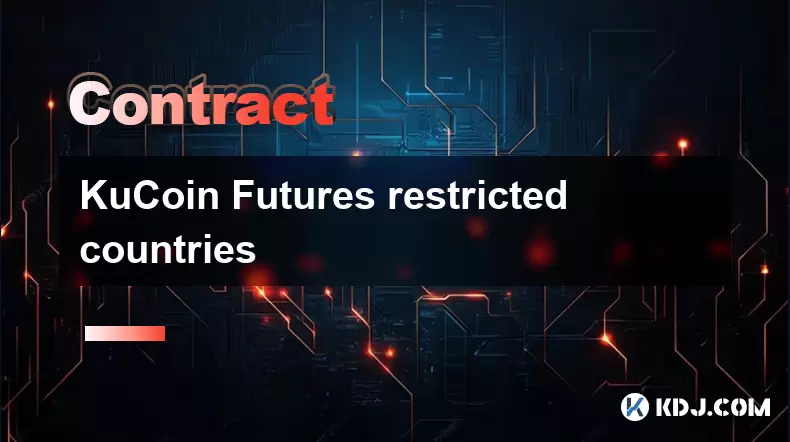
KuCoin Futures restricted countries
Jul 22,2025 at 09:00pm
Understanding KuCoin Futures and Geographic RestrictionsKuCoin Futures is a popular platform for trading perpetual and delivery futures contracts on c...
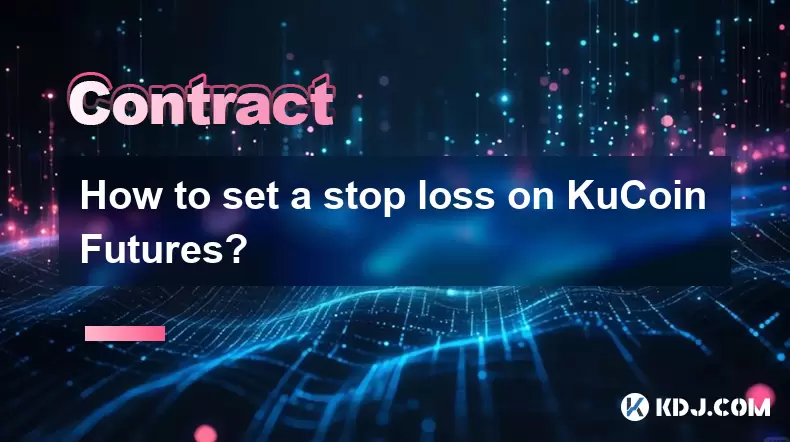
How to set a stop loss on KuCoin Futures?
Jul 22,2025 at 08:01pm
Understanding Stop Loss in KuCoin FuturesA stop loss is a risk management tool that automatically closes a position when the market moves against you ...
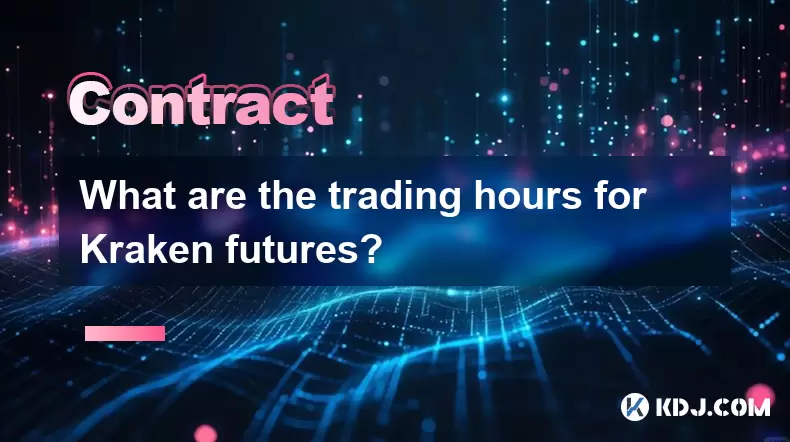
What are the trading hours for Kraken futures?
Jul 22,2025 at 08:49pm
Understanding Kraken Futures Trading HoursKraken Futures, a product of the well-established cryptocurrency exchange Kraken, offers users the ability t...
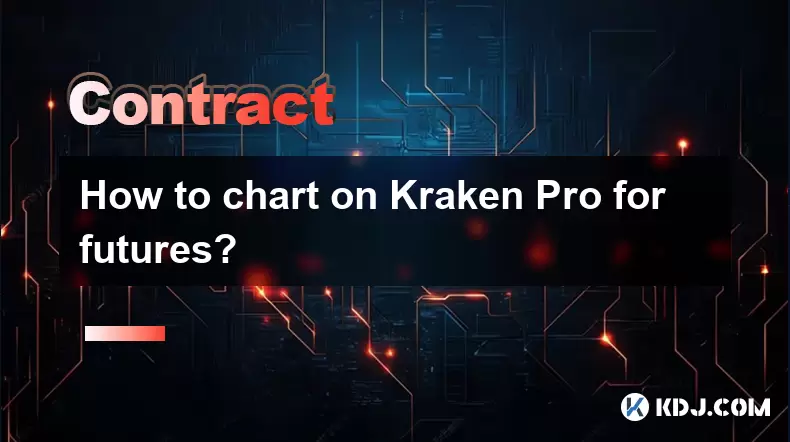
How to chart on Kraken Pro for futures?
Jul 22,2025 at 07:42pm
Understanding Kraken Pro Futures InterfaceBefore diving into charting, it’s essential to recognize how Kraken Pro structures its futures trading envir...
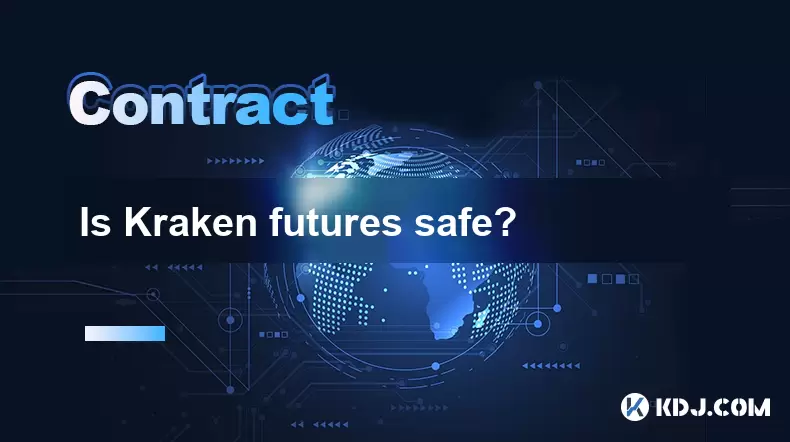
Is Kraken futures safe?
Jul 22,2025 at 08:07pm
Understanding Kraken Futures and Its Regulatory FrameworkKraken Futures, operated by the well-known cryptocurrency exchange Kraken, is a platform desi...
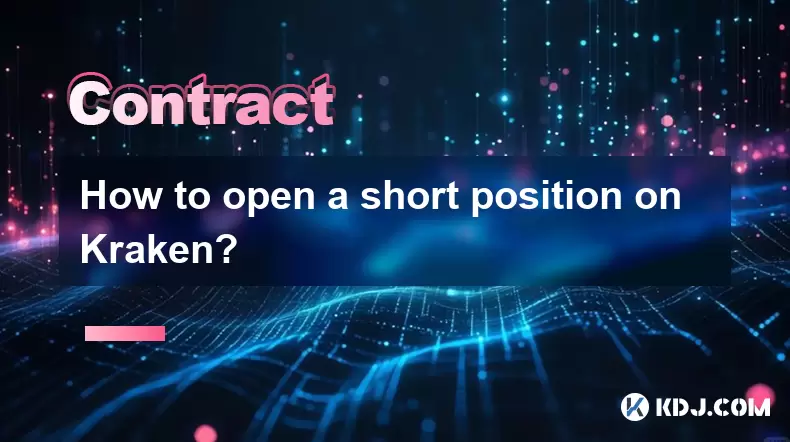
How to open a short position on Kraken?
Jul 22,2025 at 05:00pm
Understanding Short Positions in CryptocurrencyA short position allows traders to profit from a decline in the price of an asset. On Kraken, this is p...

KuCoin Futures restricted countries
Jul 22,2025 at 09:00pm
Understanding KuCoin Futures and Geographic RestrictionsKuCoin Futures is a popular platform for trading perpetual and delivery futures contracts on c...

How to set a stop loss on KuCoin Futures?
Jul 22,2025 at 08:01pm
Understanding Stop Loss in KuCoin FuturesA stop loss is a risk management tool that automatically closes a position when the market moves against you ...

What are the trading hours for Kraken futures?
Jul 22,2025 at 08:49pm
Understanding Kraken Futures Trading HoursKraken Futures, a product of the well-established cryptocurrency exchange Kraken, offers users the ability t...

How to chart on Kraken Pro for futures?
Jul 22,2025 at 07:42pm
Understanding Kraken Pro Futures InterfaceBefore diving into charting, it’s essential to recognize how Kraken Pro structures its futures trading envir...

Is Kraken futures safe?
Jul 22,2025 at 08:07pm
Understanding Kraken Futures and Its Regulatory FrameworkKraken Futures, operated by the well-known cryptocurrency exchange Kraken, is a platform desi...

How to open a short position on Kraken?
Jul 22,2025 at 05:00pm
Understanding Short Positions in CryptocurrencyA short position allows traders to profit from a decline in the price of an asset. On Kraken, this is p...
See all articles

























































































